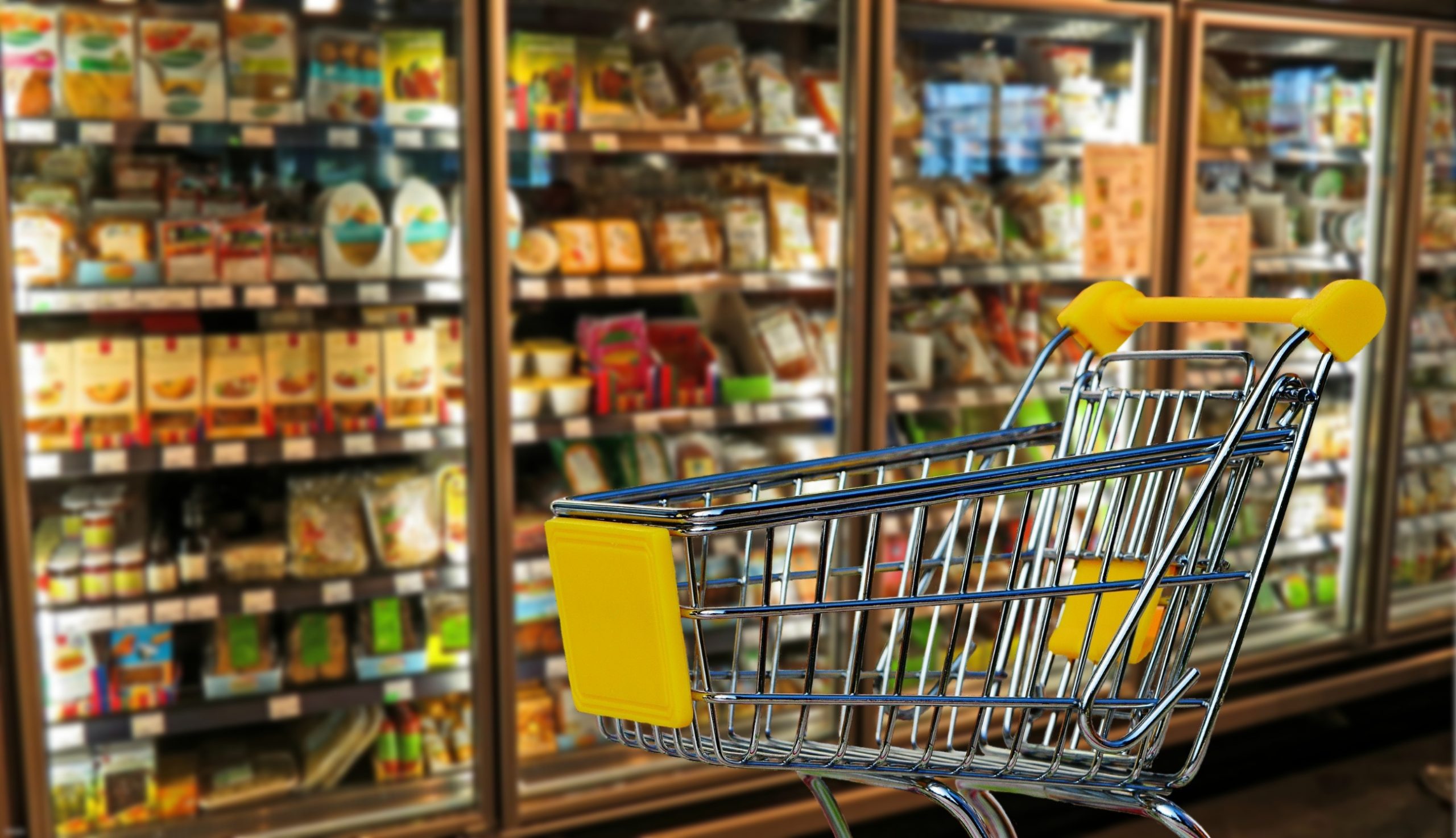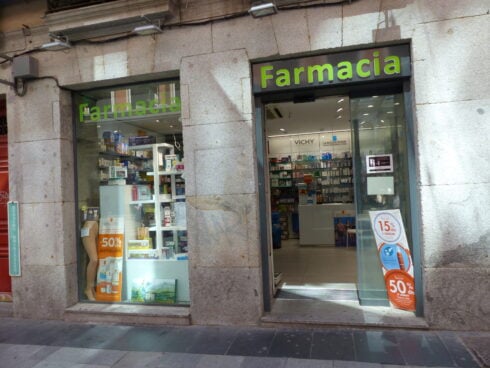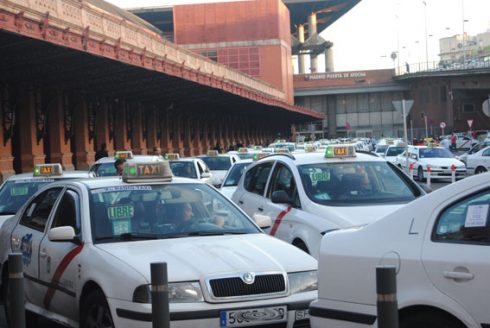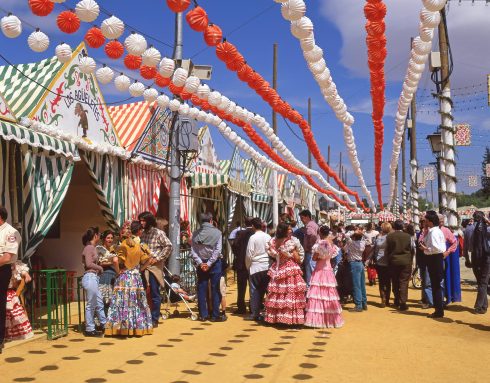FOOD and soft drinks in Spain are 10.8% more expensive than a year ago, according to the Spanish National Institute of Statistics (INE).
Despite Spain having one of the lowest inflation rates in the eurozone, the price of groceries is now over 30% higher than four years ago, the summer before the pandemic.
Inflation fell by more than one percentage point in June, reaching 1.9% year-on-year, down from 3.2% in May, with fuel, electricity and food price increases easing.
After experiencing a small increase in July, it is now 2.3%, still in line with the 2% target set by the European Central Bank (ECB).
In any case, the Spanish Government has managed to overturn a complex financial situation, as less than a year ago, inflation in the country hit 10.8%, its highest level in nearly four decades.
Meanwhile, core inflation, which is seasonally adjusted and excludes energy, increased 0.3 points to 6.2% year-on-year.
Regarding food prices, sugar has experienced the largest increase and is now 44% more expensive than in July 2022.
Followed by olive oil (33.8%), potatoes (22.9%), rice (22%), canned fruits (19.4%), sweets (18.2%) and butter (17,9%).
Read more:
- Inflation in Spain falls below 2% for first time since March 2021
- Inflation falls in Spain in May, but remains stubbornly high for foodstuffs
- Spain’s inflation rate reaches lowest number in almost two years
Click here to read more Business & Finance News from The Olive Press.








